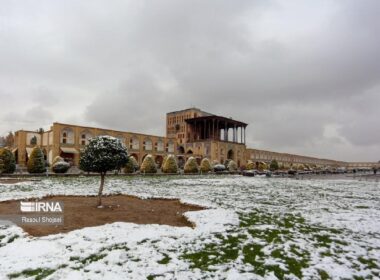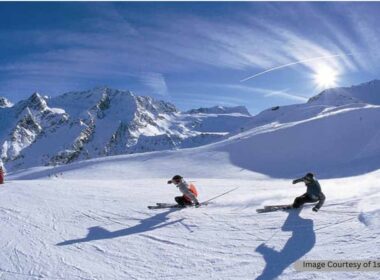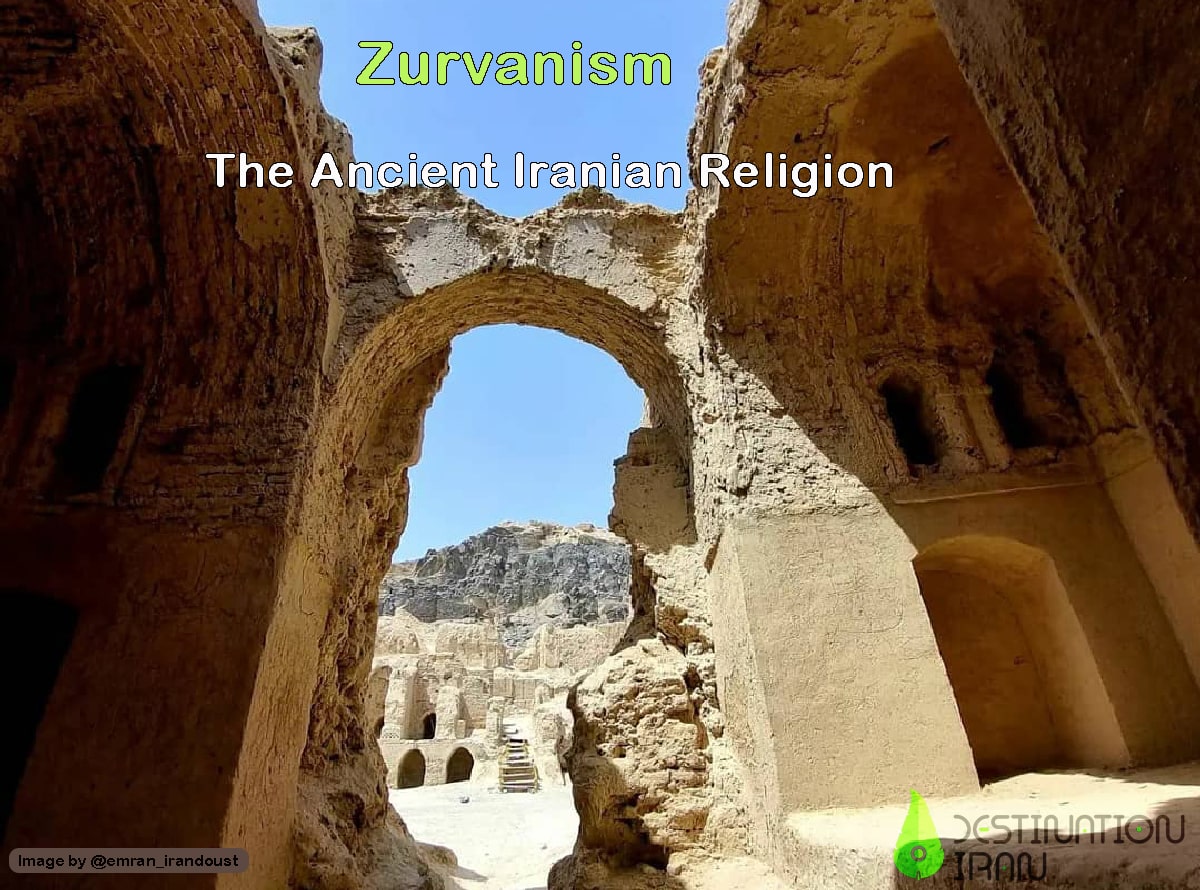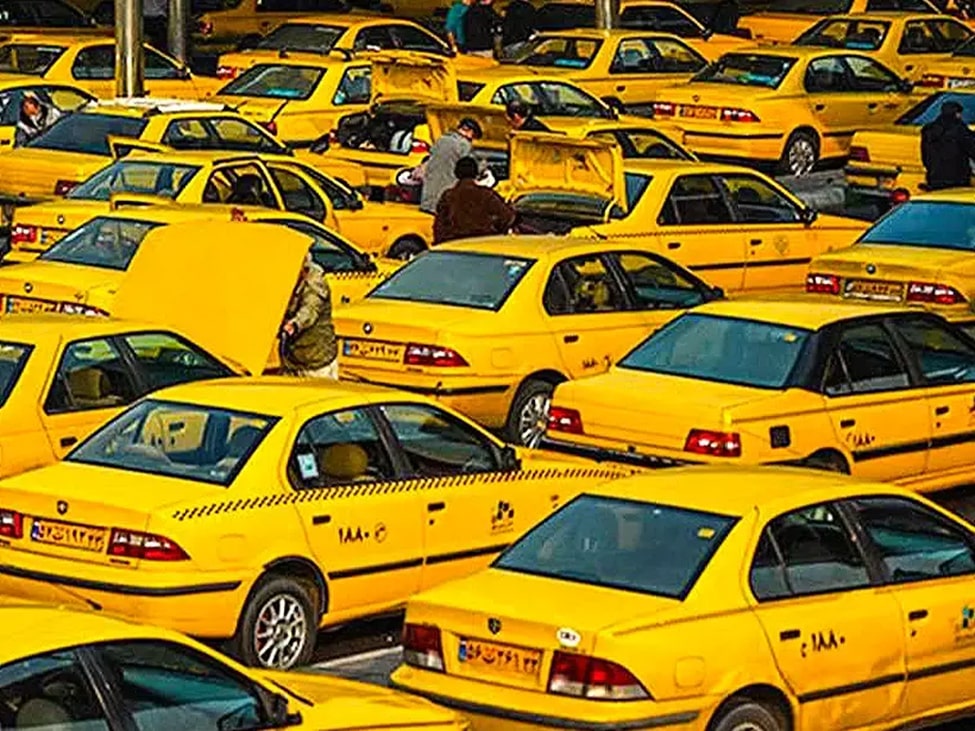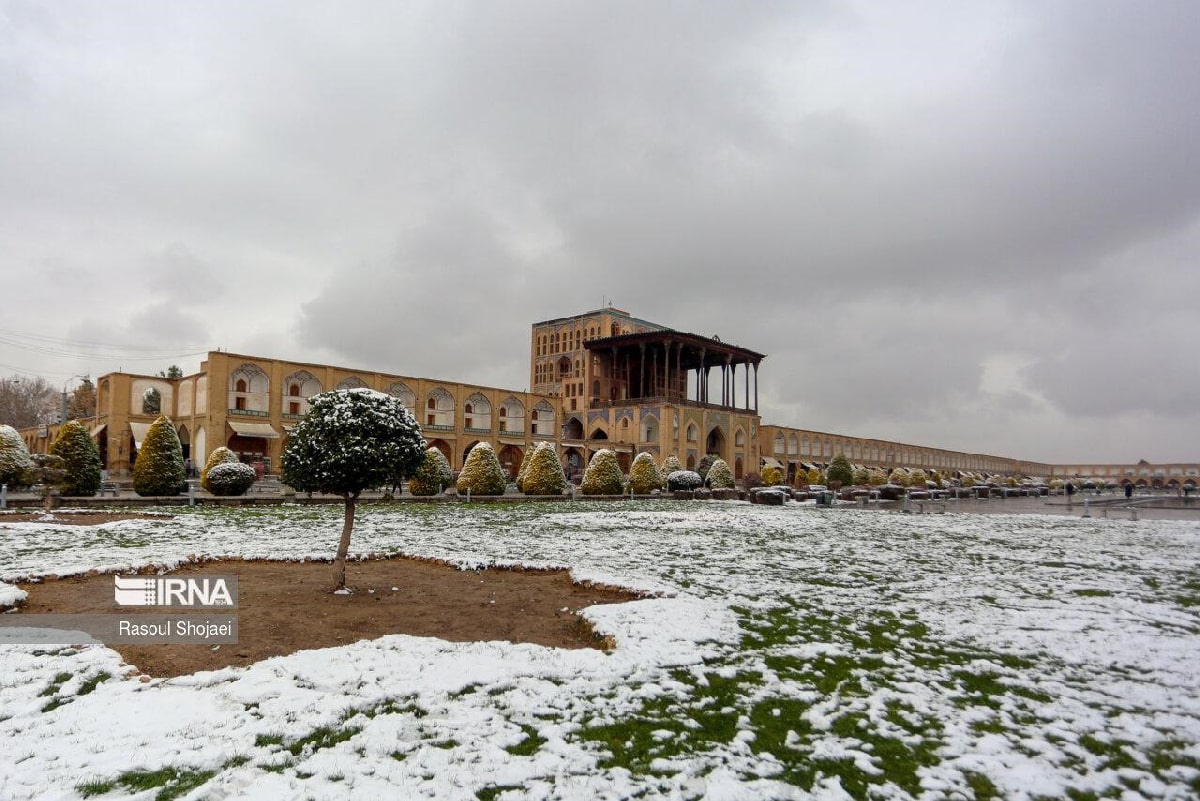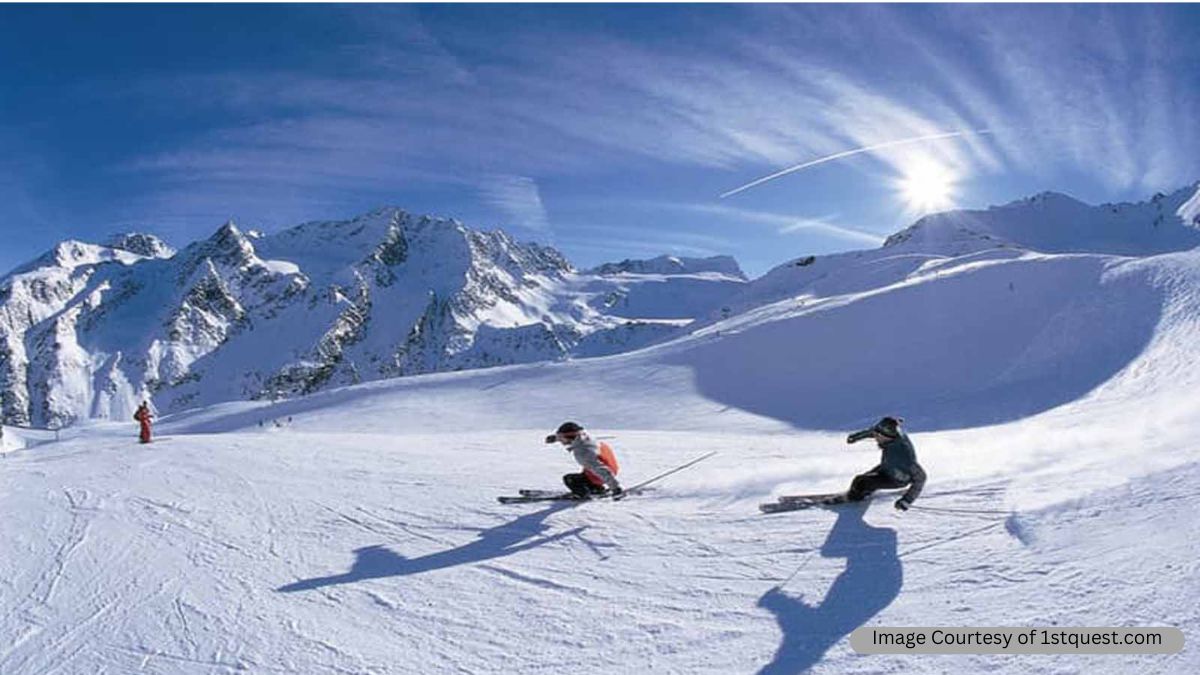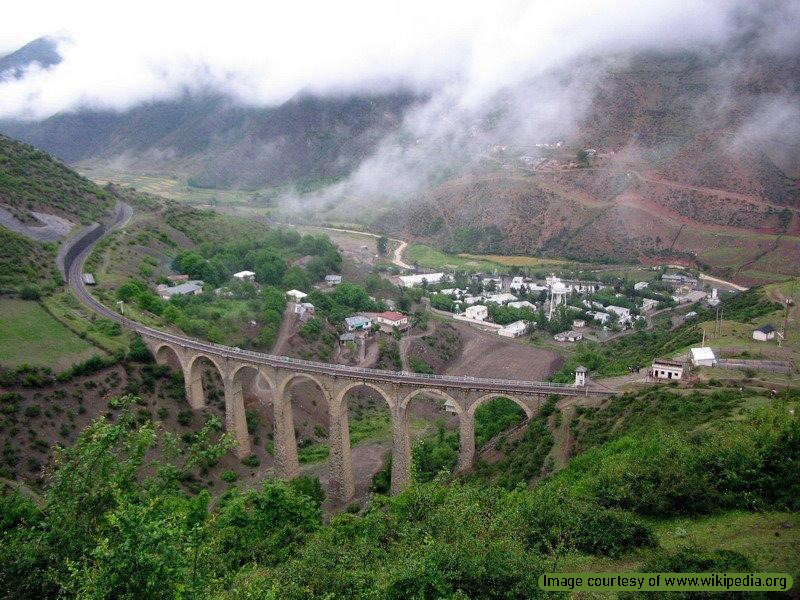
Train travel offers a convenient way to explore the diverse landscapes and rich cultural heritage of Iran that you can experience on the best Iran tours. With the trans-Iranian railway system, you can travel through Iran by train and enjoy comfortable and scenic journeys.
This post serves as a comprehensive guide to train travel in Iran, covering historical background, popular routes and destinations, ticket booking, onboard experiences, and practical tips for a smooth journey.
Historical Background of Iranian Trains
The history of railroad construction in Iran dates back to the late 19th century when the country witnessed significant development in its transportation infrastructure. The construction of the Trans-Iranian Railway and subsequent railway lines played a crucial role in connecting different regions and facilitating the movement of people and goods. Over the years, the Iranian railway system has evolved, expanding to cover extensive routes and providing both domestic and international connections.
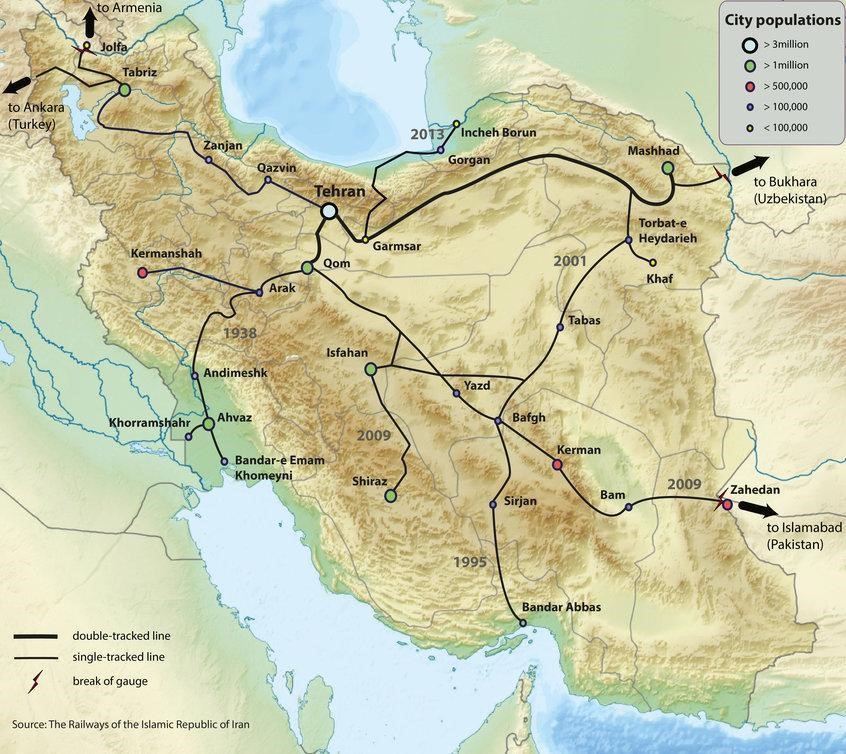
Popular Train Routes and Destinations
From the vibrant capital city of Tehran to the historic city of Isfahan, the deserts of Yazd, and the beautiful gardens of Shiraz, each route offers unique experiences and attractions. Travelers have the opportunity to immerse themselves in Iranian culture while traveling through Iran by train.
Popular Train Routes:
- Tehran-Sari Route: This route is known for its stunning and picturesque views. It is nearly 400 km long and takes 7 hours to pass through 24 different stations. After passing the Garmsar station, you can see the beautiful parts of this rail route.
- Mashhad-Sari Route: This railway route passes through the pristine forests of northern Iran, connecting northern Iran to the northeast. It takes around 15 hours to cover 331 km and 10 stations.
- Qazvin-Rasht Route: This track stretches over 164 km, covering 11 train stations, and takes about 4 hours to arrive at its destination.
- Tehran-Mashhad Route: One of the most frequented routes, connecting the capital, Tehran, to the holy city of Mashhad. The track is over 900 km long, and the normal train takes 10-11 hours to cover it. The Tehran-Mashhad Express train arrives at its destination in 6-8 hours.
- Tehran-Shiraz Route: Connects Tehran with Shiraz, known for its rich history and poetic legacy. It takes around 15.5 hours to cover the 900 km track.
- Tehran-Isfahan Route: Stretching through central Iran, this track is nearly 428 km long, and usually takes 8 hours to arrive at its destination.
- Tehran-Yazd Route: This track stretches over 625 km, and depending on the number of stops, takes 6-9 hours to reach its destination.
- Tehran-Tabriz Route: The Tehran-Tabriz track is 735 km, and the train covers it in 6-7 hours.
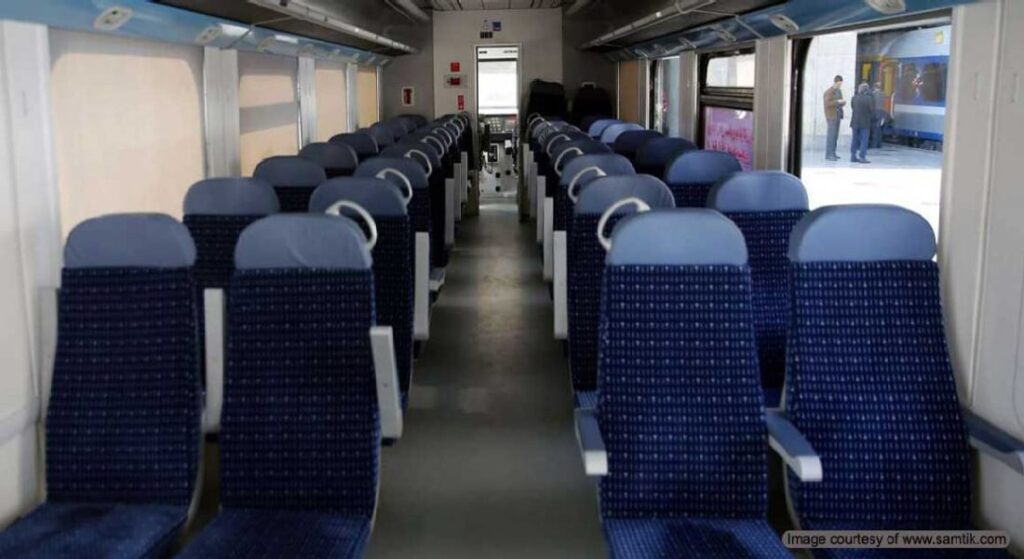
Types of Trains and Classes in Iran
Iran’s railway system boasts various types of trains designed to cater to different travel preferences. High-speed trains offer efficient connections between major cities, while express trains provide a comfortable and quick way to explore different regions. For overnight journeys, sleeper trains offer cozy accommodations with different classes, including economy, business, and first class, ensuring a comfortable and enjoyable experience for passengers.
Types of Trains:
Coupe Trains: These trains come in two models: four and six beds. Trains like Alborz, Persian Gulf, Simorgh, Gazelle, and Green Plume are four-bed trains. The six-bed trains, such as Milad, Zagros, and Parsi, often lack the amenities of the four-bed ones.
Coach Trains: The economy option for shorter destinations, its seating arrangements are similar to a bus, with no private compartments.
High-Speed Trains (Express Train): As the name suggests, these trains offer faster speeds than other types, and sometimes make fewer and shorter stops in the stations. Iranian high-speed trains travel at 180 km per hour, but there are plans for manufacturing high-speed trains that can travel up to 250-300 km per hour.
Luxury Trains: In Iran, you can opt for 4-star and 5-star luxury trains that offer special amenities. We will introduce some of the luxury train options later.
Train Classes:
- Luxury Class: These 4-bedded compartment trains only work on some routes, the most famous of them being Tehran – Mashhad. They offer Wi-Fi, an intercom system, monitors, sanitary packs, snacks, headphones, train attendants to call, and luxury restaurants on board
Several luxurious trains in Iran offer special amenities. Here are some of them:
- Fadak Five Star: This is a luxury first-class overnight sleeper train. It’s known for its private cabins and high-quality services.
- Ghazal Bonyad: One of the popular luxury trains in Iran, its railroad cars have 10 compartments that can each accommodate 4 travelers.
- 5-star Zendegi trains: These trains are also among the best in Iran, sometimes called five-star hotels.
- Golden Eagle Luxury Trains: These trains offer a unique travel experience, taking passengers on a whirlwind tour of the Zagros Mountains in North West Iran.
- 1st Class: These trains are also 4-bedded but lack some of the luxury train features like Wi-Fi, on-trip snacks (they only have pre-departure snacks), free headphones, and sometimes an intercom system. These trains all have entertaining systems in compartments and most of them have restaurants on board with good quality food. The Fadak train also falls under this category. Other examples include
- First Class: First class trains offer the most comfort, and include snacks and leisure features like Wi-Fi. Some include private bathrooms and serve luxury food options. In Iran, the following companies offer first-class tickets: Simorgh, Ghazal, Parastou, Toos, Sabz, Polour Sabz, Delijan, Persian Gulf, Parsi, Alborz, Ghadir, and Sahand.
- Business Class: These trains have all the functions of the first class but the compartments have 6 beds. It could get a bit crowded in the compartments but with good company, it could be a lot of fun on long trips.
- 3rd Class: 3rd class trains are not in use in many routes, these are older trains that travel short distances, are 6-bedded, and may not have monitors or restaurants on them. They are mostly used in between smaller towns and uncrowded routes.
Please note that the types of trains and classes can change based on the schedule and availability. It’s always a good idea to check the latest information before planning your trip.
Booking and Ticketing Process
Booking train tickets in Iran can be done through online platforms or at physical ticket offices. However, it is advisable to plan, especially during peak seasons or for popular routes. Foreign nationals cannot directly purchase train tickets at the station, but you can make arrangements with your tour company.
A step-by-step guide to booking a train ticket in Iran:
- Plan: Book tickets 2-3 weeks in advance, or a month for holidays.
- Book: At train stations, travel agencies, or online. Note: foreign credit cards may not be accepted online.
- Collect: Pick up tickets at the station or agency, or exchange an online voucher at the station.
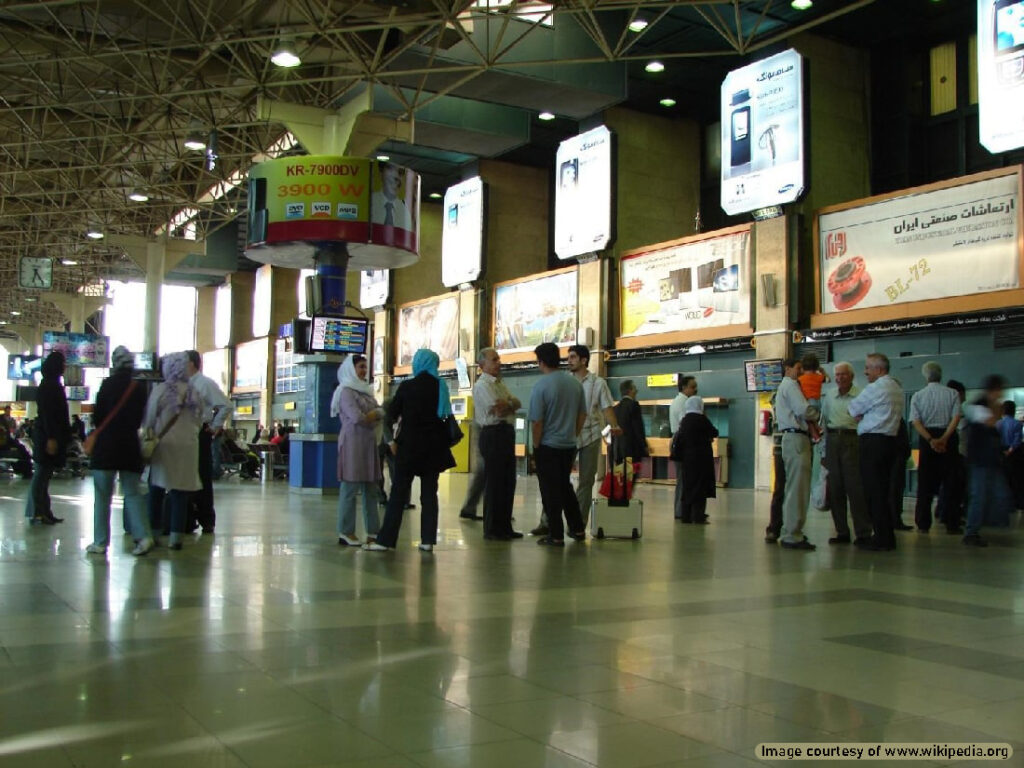
Tips for Travel through Iran by Train
- Timely Arrival: Aim to be at the station 60 minutes before departure.
- Inspection Gate Passage: Present your ticket and identification at the inspection gate before boarding. Retain your two-way ticket if printed. For online tickets, a photo of the ticket suffices for the entire trip.
- Train Boarding: Locate your train using the platform and compartment number, and commence your journey. Enjoy your ride!
Why Travel through Iran by train?
• Discovering Multiple Cities
The comprehensive railway system in Iran makes it possible to visit a multitude of cities. Some of these cities may not have airports, but they are conveniently reachable by train. For those who find long car or bus journeys exhausting, the train serves as an excellent substitute.
• Budget-Friendly
One of the most cost-effective ways to travel is by train. If your destination is accessible by both air and rail and you’re budget-conscious, you’ll find train fares to be significantly cheaper.
• No Restrictions on Luggage Weight
If you’ve ever been charged extra for overweight luggage on a flight or had to discard items from your suitcase, you might want to consider train travel. While large or heavy items need to be given to the railway luggage department, as long as your possessions can be stowed under the train seat, you won’t have to fret about excess luggage.
• Comfort and Safety
Train travel in Iran offers a higher level of comfort compared to car, plane, or bus travel. It provides more room, allows for relaxation with your travel companions, and makes the journey enjoyable. Furthermore, trains are among the most secure and dependable forms of transport, ensuring a stress-free trip to your chosen destination.
• Variety of Facilities
Several trains in Iran are equipped with restaurants and cafes, so you don’t have to worry about meals during your trip. With entertainment options and audio-visual systems for movie and series viewing, there’s no chance of getting bored.
Embark on a Railroad Adventure in Iran by Train
Traveling by train is a world-famous hobby, and the trans-Iranian railway offers one of the best roadside views in West Asia. If you are looking for an affordable way to cover some of the most beautiful Iranian landmarks, travel through Iran by train at your leisure.
Destination Iran aims to introduce the best Iranian tourist attractions, and you can visit some of them along the Iranian railroad system, such as the Veresk Bridge on the Tehran-Sari route.
Frequently Asked Questions About Train Travel in Iran
If you have any unaddressed questions about traveling through Iran by train, make sure to reach out in the comments. We will respond as soon as possible.
What types of trains are available in Iran?
Coupe Trains, Bus or Hall Trains, High-Speed Trains, Luxury Trains, and Tourist Trains.
Are children charged for train tickets?
This can vary depending on the train company’s policy. It’s best to check with the specific train service.
What amenities are available on Iran trains?
Many trains in Iran feature restaurants and cafes, entertainment options, and audio-visual systems for watching movies and series.
Do I have to print my ticket?
This can depend on the specific train service. Some may require a printed ticket, while others may accept digital tickets.
Can I buy a ticket as an international Traveler?
Some web services facilitate online ticket purchases for foreign nationals and also you can buy them from travel agencies in Iran.
Can we book private compartments?
Yes, some trains in Iran offer the option to book private compartments. There is an option to book all the seats in a vacant compartment, but you have to act fast before the tickets are sold.
Can I bring my car on the train?
This can vary depending on the train company’s policy. Most companies facilitate the transport of all sorts of vehicles via the railroad system. Ask the company representatives for their policies.



